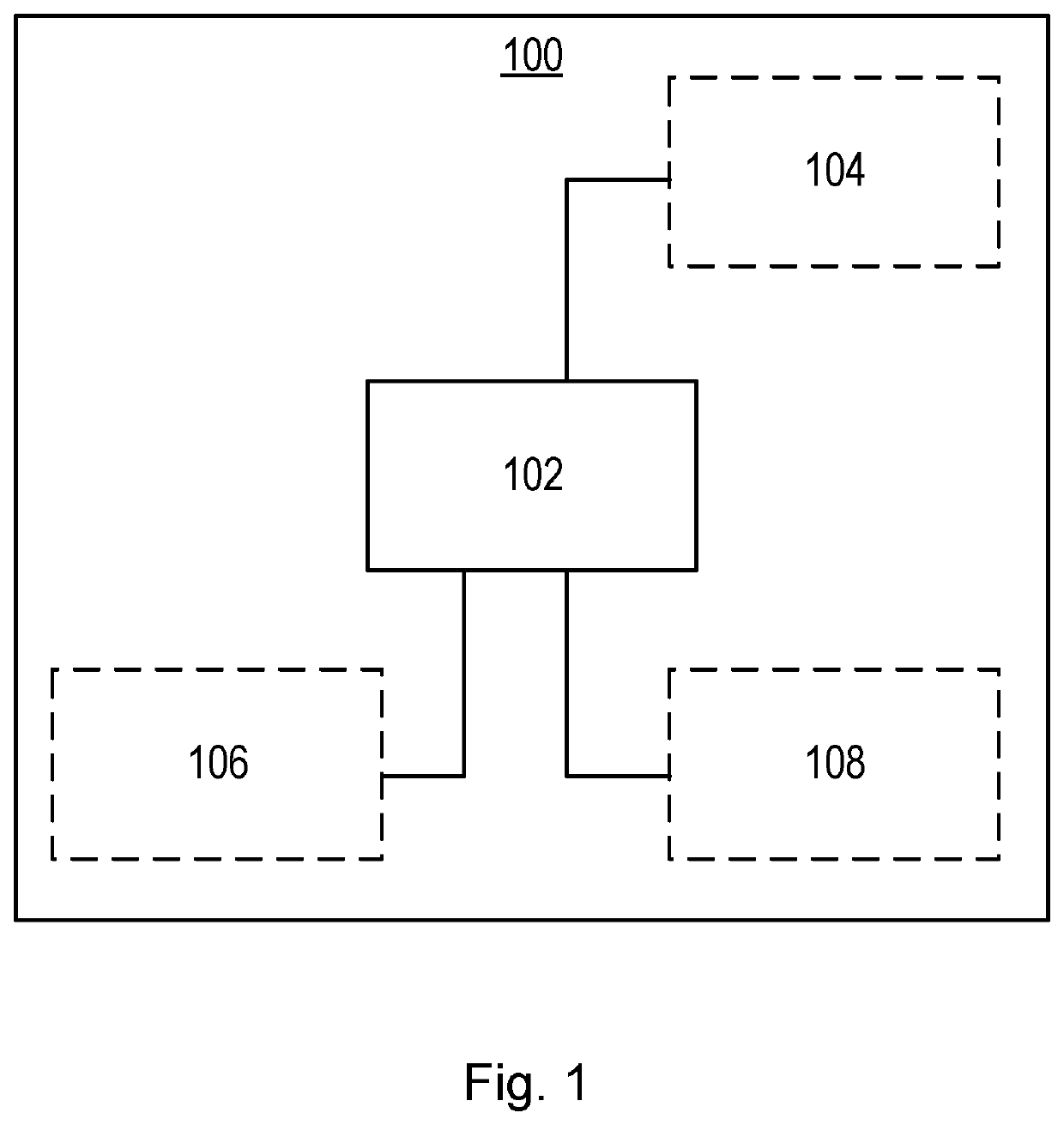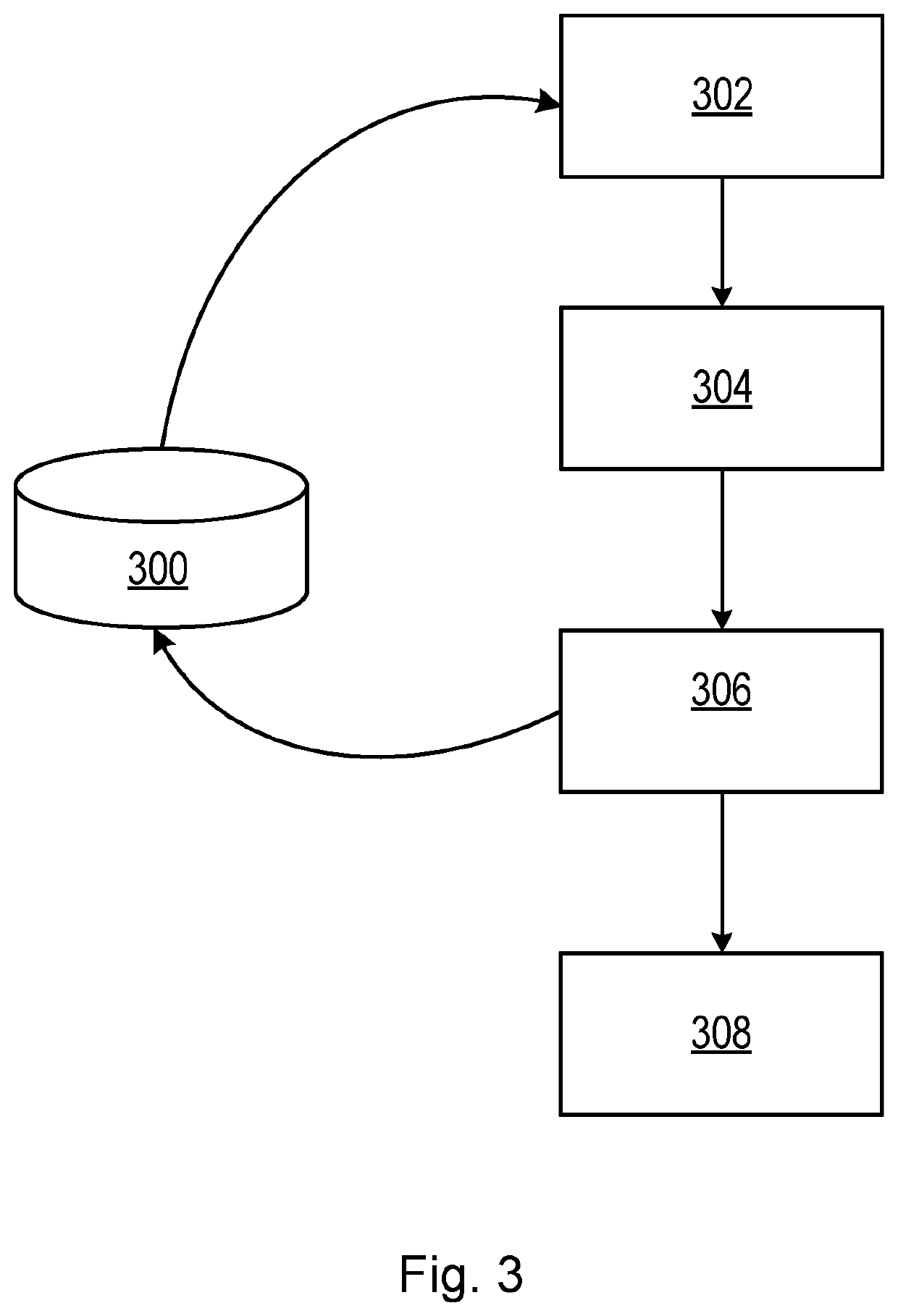Image processing for stroke characterization
a stroke and image processing technology, applied in the field of stroke characterization, can solve problems such as cell death and brain dysfunction, and achieve the effects of reducing stroke risk and improving stroke prevention
- Summary
- Abstract
- Description
- Claims
- Application Information
AI Technical Summary
Benefits of technology
Problems solved by technology
Method used
Image
Examples
example
[0086]One specific example is now discussed, in which a predictive model was trained in accordance with embodiments of the invention, and used to provide an indication of a region of interest for stroke characterization, in accordance with other embodiments of the invention.
[0087]In this example, three-dimensional image data a plurality of subjects was acquired in the form of a dataset named “CQ 500”, obtained from the ‘qure.ai’ website. The dataset is understood to include non-contrast head CT scan image data, obtained from the Centre for Advanced Research in Imaging, Neurosciences and Genomics (CARING), in New Delhi, India. The image data was acquired using one or more of the following CT scanner models: GE BrightSpeed, GE Discovery CT750 HD, GE LightSpeed, GE Optima CT660, Philips MX 16-slice, and Philips Access-32 CT. The scans were annotated as either relating to a brain in which a hemorrhage has occurred (labelled “hemorrhage”) or relating to a brain in which a hemorrhage has ...
PUM
 Login to View More
Login to View More Abstract
Description
Claims
Application Information
 Login to View More
Login to View More - R&D
- Intellectual Property
- Life Sciences
- Materials
- Tech Scout
- Unparalleled Data Quality
- Higher Quality Content
- 60% Fewer Hallucinations
Browse by: Latest US Patents, China's latest patents, Technical Efficacy Thesaurus, Application Domain, Technology Topic, Popular Technical Reports.
© 2025 PatSnap. All rights reserved.Legal|Privacy policy|Modern Slavery Act Transparency Statement|Sitemap|About US| Contact US: help@patsnap.com



